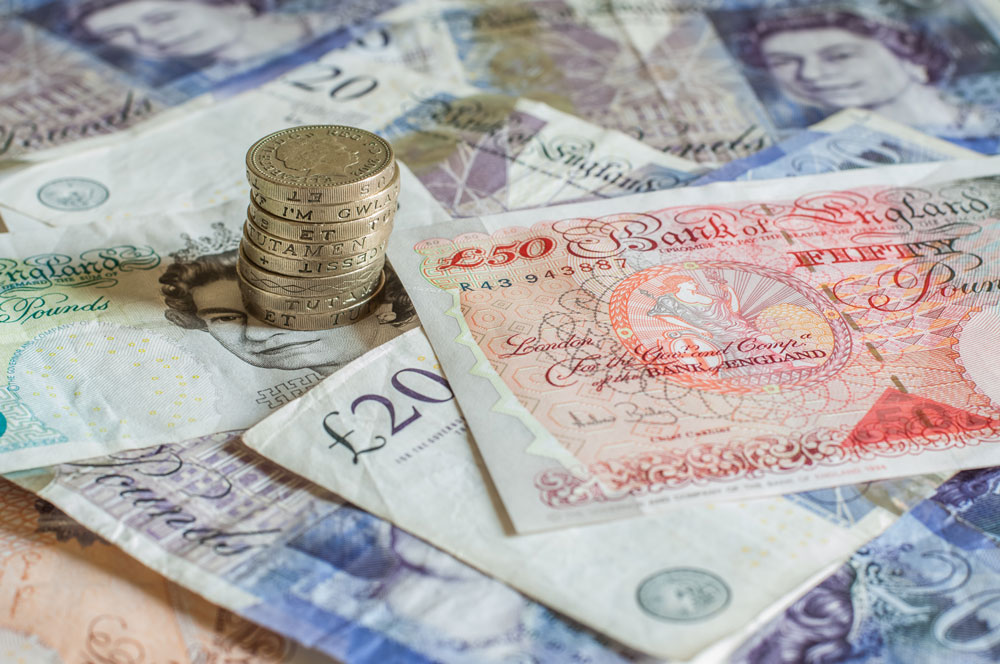
Pawnbroking is an industry which has continued to grow in popularity over years, as it is a much more safe and reliable way of lending. Many jewellers offer a pawnbroking service and customers are finding this a great alternative to selling their goods for quick money. Pawnbroking is not unlike banking when it comes to lending and is actually a lot safer then you may have thought. In this blog, we will take a look at the history of pawnbroking and how it can be a beneficial solution for those in need of a short-term loan.
What is pawnbroking?
The first question to address is what it really is! Pawnbroking is a short-term loan, secured by an item given by the customer. A pawnbroker will evaluate an item the customer has and will lend the amount they believe it to be worth. The customer then has a period to time to repay the loan, along with an interest. These numbers will vary dependant on different pawnbrokers. The transaction is fully legal and covered by the law under the Consumer Credit Act of 1974. You can find a copy of this here, but we won’t bore you with all the details now!
The valuations of items are normally made on the spot and if the customer agrees to progress with the loan, they will be required to complete a Pre-Contract Information Document. Pawnbroking is a form of credit which is becoming more and more popular.
On average, the repayment period against the loan is six to seven months. Once the customer has repaid the total loan, along with the interest for the pawnbroker, their goods are returned. Alternatively, the customer is able to extend the loan period. This can be done through paying back the interest owed on the piece, so then the loan is effectively reset.
If the loan is not repaid, the pawnbroker is obligated to give 14 days’ notice before claiming the goods. This is done through a formal letter to the customer. This is statutory on loans over £100. If the customer makes the decision not to repay the loan or renew their contract, the pawnbroker must then obtain an accurate market value for the piece on the date of sale. This ensures a fair sale to the customer. If the item is priced higher than the value of the outstanding, the surplus amount will be returned to the customer.
If the loan is under the £75 mark, the pawnbroker is given title to the goods if the customer does not repay the loan. Despite the impression people may have, pawnbrokers don’t actually enjoy having to have ownership of goods. They would much rather have the loan paid off and the goods returned to the customer. Not only do they then have the opportunity of repeat business, but they are able to avoid the hassle of potentially selling an item they will struggle with.
Where did it come from?
Pawnbroking has had its ups and downs throughout history, but it can be dated back three thousand years. It is believed to have originated in China and expanding in popularity from there. As we know it today, pawnbroking is linked back to the fifteenth century in Italy. It was a family, the Medici’s, who were the super power within the financial district. Based in Florence, they are the originators of the pawnbroking symbol, the three balls. This came from half of their family crest, which was spilt after the family spilt into banking and pawnbroking. Hence why both are so closely related!
Pawnbroking has played a big role in several world discoveries as well, including America. Christopher Columbus was able to make his voyage across thanks to Queen Isabella, who pawned her jewels. It became so popular in Britain during the nineteenth and twentieth centuries that number of pubs equalled the number of pawnbrokers almost!
The industry continued to grow over the years and it had huge popularity boost after the 1980s credit crash. With the public turning their back on banks, but still in need of loans to cover themselves, pawnbroking was the obvious solution. High street borrowing was continued to grow since then.
Why the bad rep?
So why so people have such a hard time accepting its legitimacy? This conception has changed in recent times and people are seeing the value of pawnbrokers. Back in nineteenth century Britain, anyone was able to loan anything to pawnbrokers. From their expensive jewellery, to the kitchen sink. This muddied the water when it came to judging whether it was acceptable.
The lack of checks as well have had customers feeling unprotected. There are no credit checks needed for a loan, so almost anyone can secure a loan through pawnbroking. However, they are able to have a sense of comfort knowing they are essentially borrowing from themselves. By securing their loan against an item of their own belongings, there is no fear in a bad credit rating or blacklisting if the loan was not repaid, unlike a bank or a lender.
As time has gone on, the industry has become much more refined, which pawnbrokers taking care over not only the items in their company, but also the types of pieces they chose to lend against. Is it a more modern and friendly way of lending.





